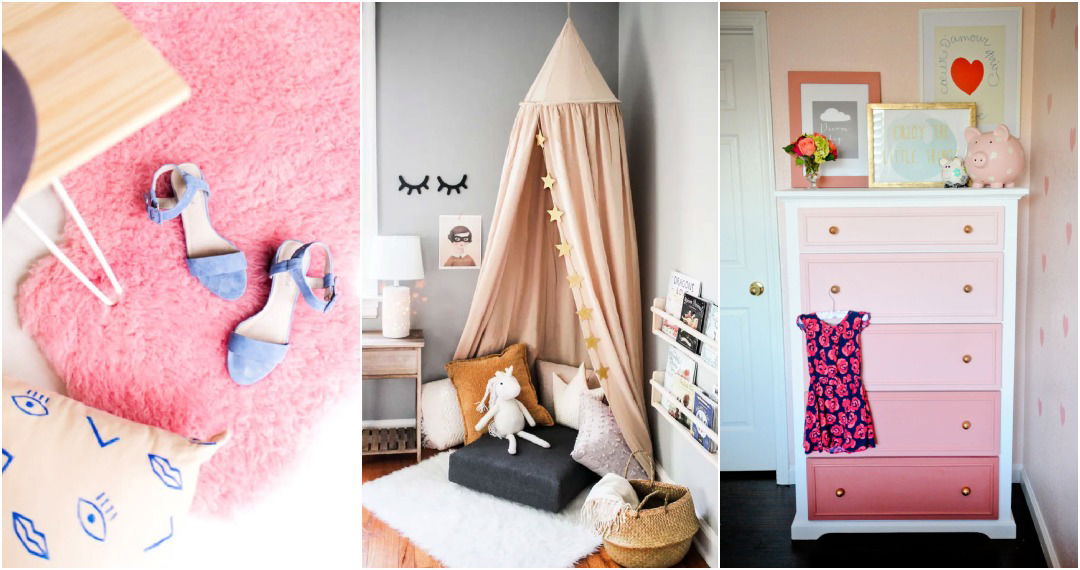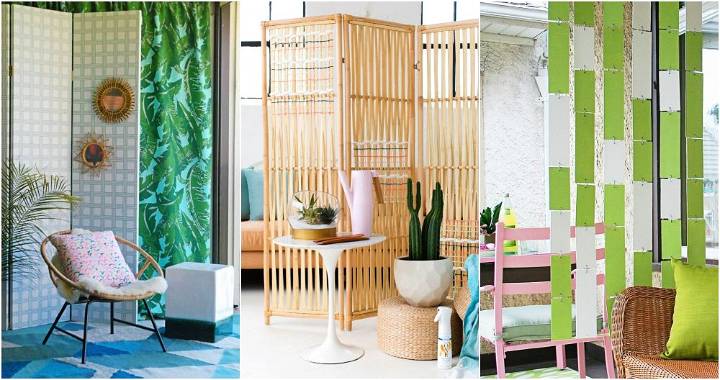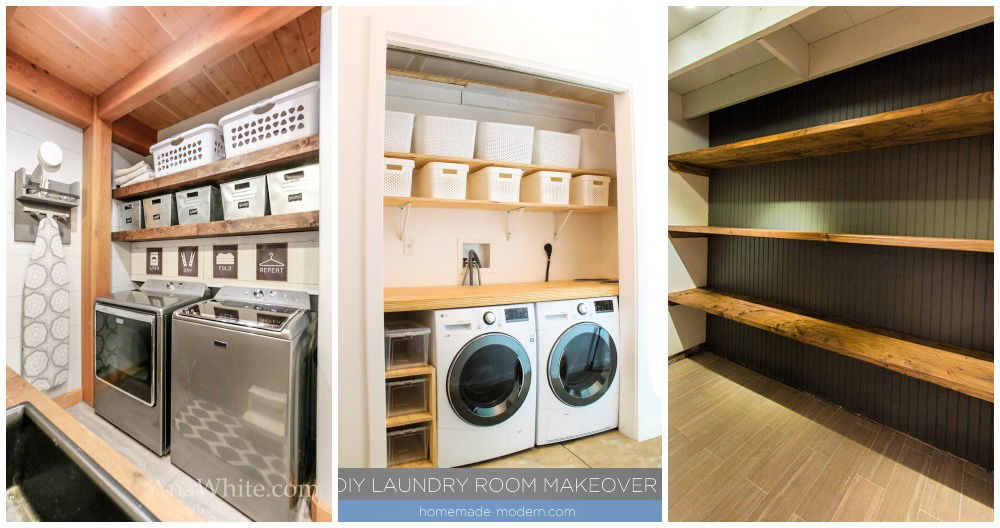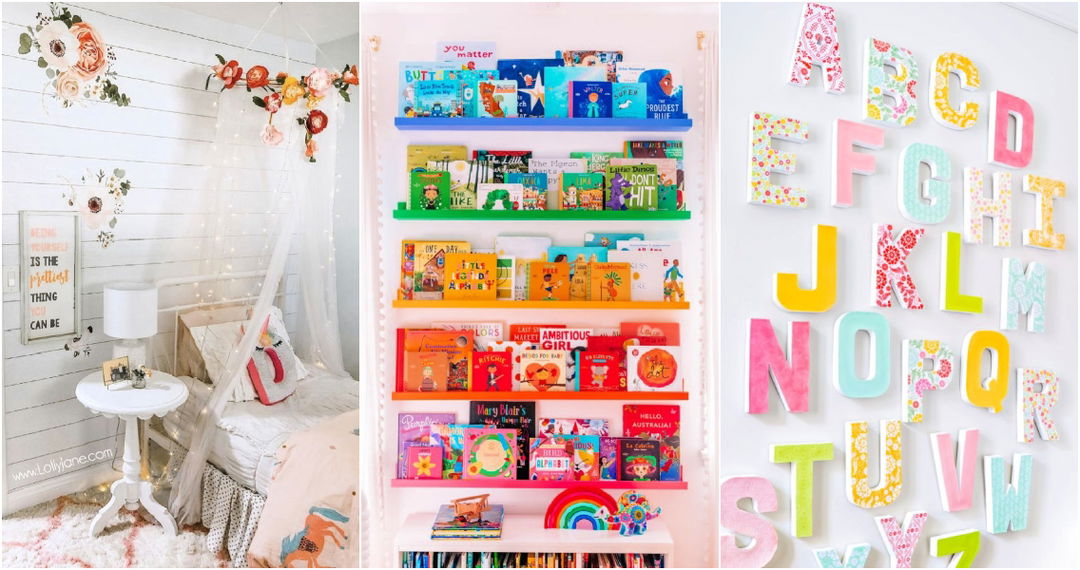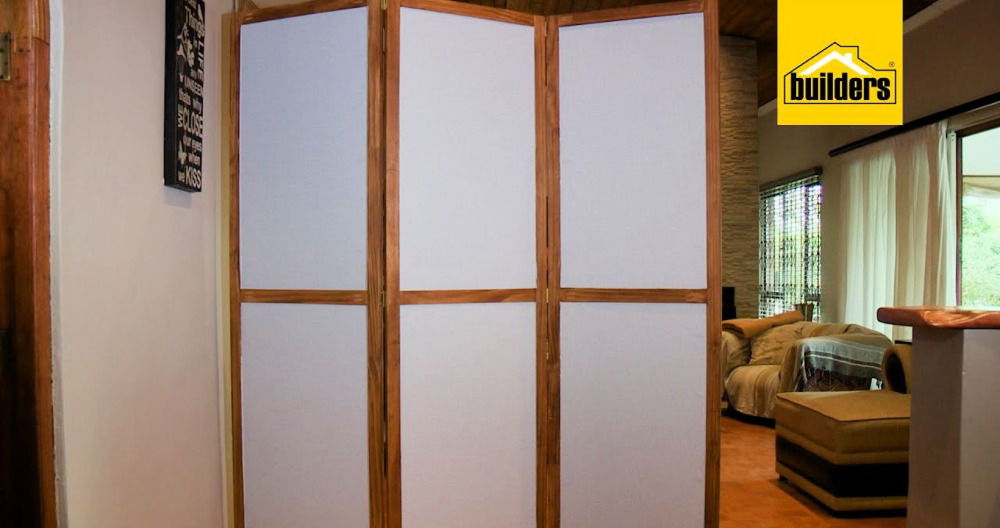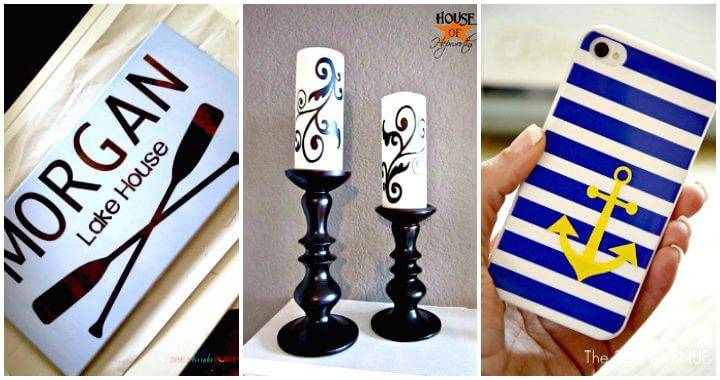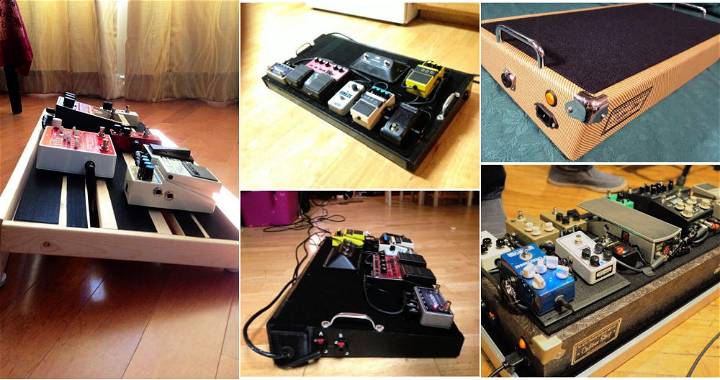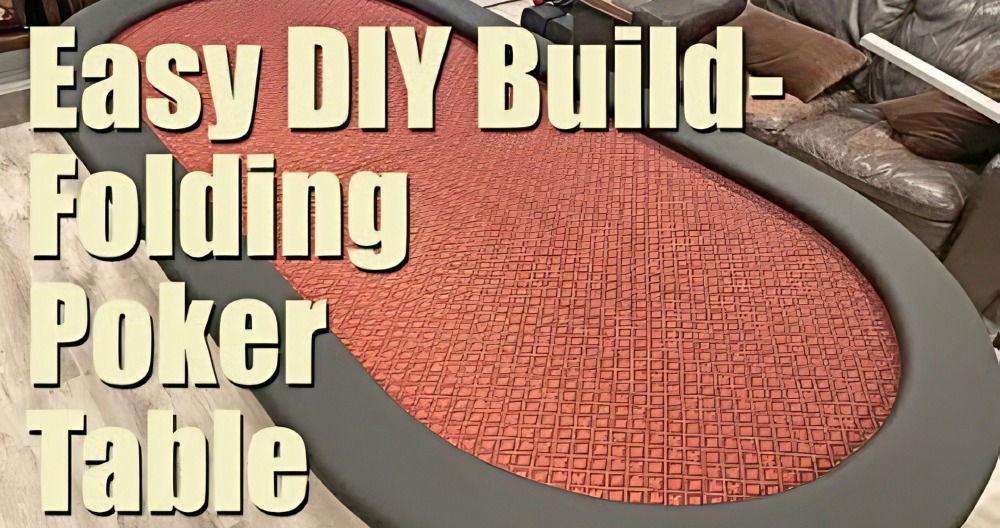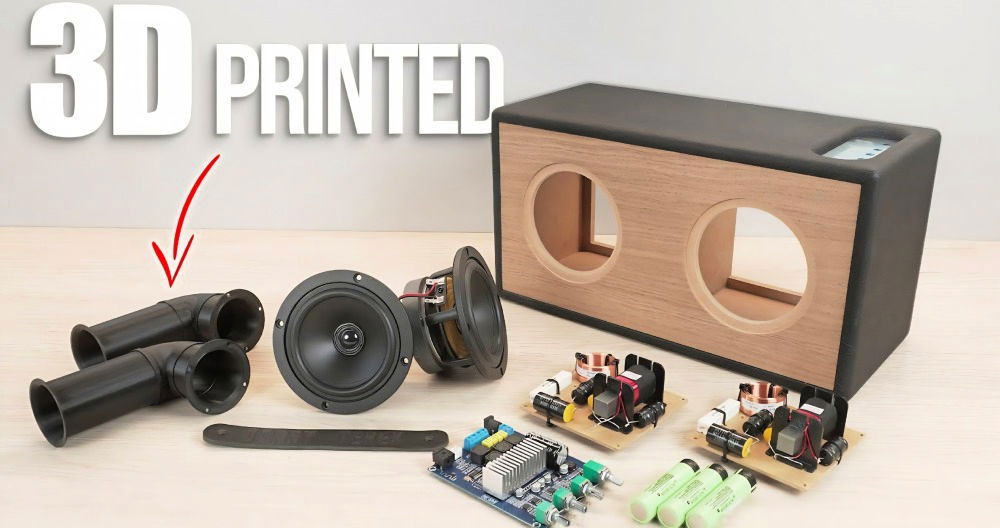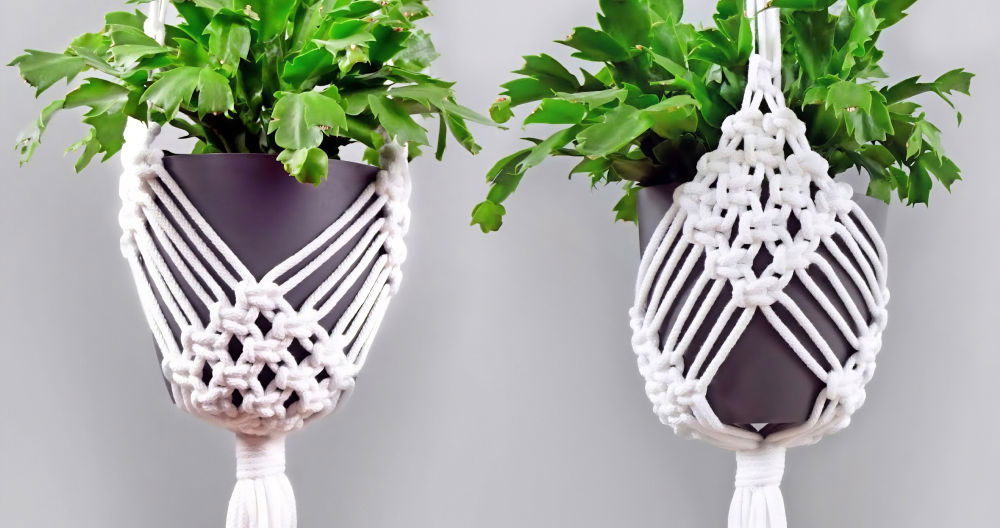Making a DIY escape room is a fun way to transform your home into an exciting adventure zone. Using simple materials like paper, locks, and puzzles, you can set up an engaging challenge for family and friends. This activity encourages teamwork and problem-solving while providing endless entertainment. With a bit of creativity, you can design a unique and memorable escape room at home.
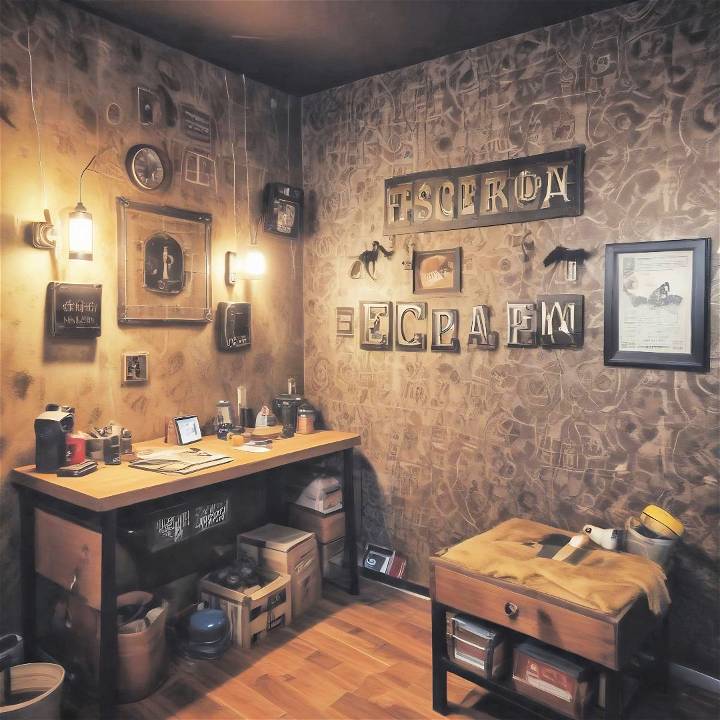
Ready to dive into making your own escape room? From crafting clever clues to setting up intriguing scenarios, we'll guide you through every step. Keep reading to discover tips and ideas to elevate your at-home adventure. Let’s explore how you can bring the excitement of an escape room right into your living room.
The Idea Spark
The journey began with a desire to entertain my husband with something unique. I remembered the joy and excitement an escape room brought to my kids and thought, why not create one with a moderate difficulty level that appeals to adults, too? A travel-themed escape room seemed fitting – it was a way to quench our thirst for adventure when actual travel was off-limits.
Step by Step Instructions
Create an amazing DIY escape room with our step-by-step guide. Plan, design, gather materials, and test run your travel-themed adventure.
Step 1: Planning and Designing the Escape Room
Learn how to plan and design your escape room step-by-step. Gather materials and sketch out a detailed plan for a successful escape room experience.
Gathering Materials
Given the restrictions and my commitment to frugality, I decided to work with what I had at home:
- Paper for clues
- Old locks and keys
- Various small boxes and containers
- Miscellaneous items that could serve as puzzles or hide clues
Why each material? They were readily available, and their variety allowed for creative puzzles and hiding spots, which are essential for an engaging escape room.
Sketching Out the Plan
Taking inspiration from various platforms online, I sketched a rough map of the room, plotting where each clue and puzzle would be placed. This step was crucial as it helped in visualizing the flow of the escape room, ensuring a coherent sequence that would logically lead the players from one puzzle to the next.
Step 2: Creating the Puzzles
Discover how to create engaging travel-themed puzzles in step 2. unlock your creativity with our detailed guide. Perfect for puzzle enthusiasts!
The Travel Theme
Sticking to the theme, I created puzzles that evoked a sense of adventure and exploration:
- A map puzzle requiring players to pin the next destination based on clues.
- Suitcase locks whose combinations were hidden in travel-themed riddles.
- Photos from various countries serve as hints for a word lock.
Step 3: Setting Up the Room
Once the puzzles were ready, I began setting them up in the designated room:
- Locking Mechanisms: I placed physical locks on drawers and used magnetic locks on doors, much like you would find in a real escape room.
- Clue Placement: I strategically placed the clues around the room, ensuring each was discoverable but not overtly obvious. Some were tucked inside books on the shelves, others hidden beneath cushions, and a few camouflaged against similar patterns on the walls.
Step 4: The Test Run
Before unveiling the escape room to my husband, I did a walkthrough myself. This helped identify any flaws in the logic or clues that were too challenging or too easy. It's a step I highly recommend, as it ensures a smooth experience for the participants.
The Big Reveal
Finally, the moment of truth arrived. I introduced my husband to the escape room, providing him with an introductory letter (written backward to add an element of mystery right from the start) laying out the scenario of being trapped in a traveler's room with the challenge to escape.
The excitement and confusion as he deciphered clues, solved puzzles, and gradually made his way through the narrative I had created was incredibly rewarding to witness. The entire experience took him about 45 minutes, which was the perfect length to keep the challenge engaging without it becoming frustrating.
Lessons Learned and Tips for Future Escapemakers
Creating a DIY escape room was an immensely fulfilling project that not only provided entertainment for my family but also stretched my creative muscles. Here are a few takeaways for anyone looking to embark on this adventure:
- Start Simple: You don't need extravagant materials. Start with what you have and let creativity lead the way.
- Think About Flow: Ensure your puzzles lead logically from one to the next. A disjointed escape room can cause confusion and diminish the fun.
- Test Before You Play: Do a run-through yourself or with a friend who's not participating to catch any potential issues.
- Adaptability: Be ready to offer hints if your participants get stuck. The goal is fun, not frustration.
Innovative Puzzle Design
Creating puzzles for an escape room is an art form that requires a balance of creativity, logic, and player engagement. The goal is to craft challenges that are both entertaining and solvable within the game’s context. Here’s how you can design innovative puzzles that captivate and delight your players:
Start with the Story
Every puzzle should seamlessly integrate with the escape room’s theme and narrative. Begin by outlining the story you want to tell. Is it a mystery, a heist, or a historical adventure? Once you have the storyline, develop puzzles that act as a narrative bridge, moving the story forward as players solve them.
Embrace Variety
A mix of puzzle types can enhance the player experience. Include a combination of physical tasks, logic puzzles, word games, and sensory challenges. For example, players might need to assemble a physical object that reveals a code when correctly pieced together, or they might have to solve a riddle based on scents or sounds within the room.
Focus on Collaboration
Design puzzles that encourage teamwork. For instance, create a challenge that requires players to communicate information from different parts of the room to solve a central puzzle. This not only promotes collaboration but also ensures that everyone stays involved.
Use Technology Wisely
Incorporate technology to add an unexpected twist. Simple mechanisms like magnetic locks can be combined with tablets or smartphones to create interactive puzzles. For example, players might need to use an app to scan QR codes hidden around the room, which then provides clues or pieces of the story.
Make It Accessible
Ensure that your puzzles are accessible to all players. Avoid designing challenges that rely solely on color recognition or require physical strength. Instead, opt for puzzles that can be solved through various methods, allowing players of different abilities to contribute.
Test and Iterate
Finally, test your puzzles with a small group before opening your escape room to the public. Observe how players interact with the challenges and make adjustments as needed. The testing phase is crucial for ensuring that your puzzles are fun, fair, and functional.
Follow these guidelines to craft innovative puzzles for a memorable escape room. Always consider the player and design enjoyable challenges.
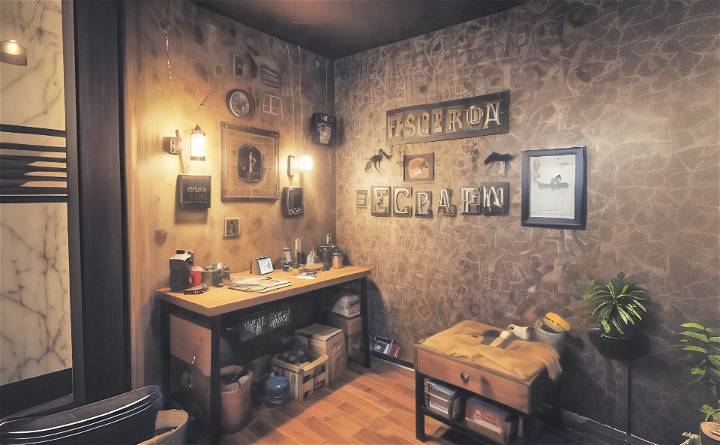
Technology Integration
Incorporating technology into an escape room can transform a simple puzzle adventure into a cutting-edge experience. Here’s how to integrate technology in a way that’s both innovative and user-friendly:
Use Technology to Enhance the Theme
Select technologies that complement the theme of your escape room. For a sci-fi setting, use touch panels and LED displays to create a futuristic atmosphere. For a historical theme, hidden speakers can play period-specific sounds, adding depth to the story.
Simplify User Interaction
Choose intuitive technologies. Touch screens, motion sensors, and voice recognition can make interactions more natural and less frustrating. The technology should serve the puzzle, not become a puzzle itself.
Incorporate Smart Devices
Smart devices can add a layer of interactivity. Tablets or smartphones can be used as keys to unlock digital locks or to provide hints through AR overlays that reveal secrets when viewed through the device’s camera.
Focus on Immersion
Use technology to create an immersive environment. Projectors can cast images that change the room’s appearance, and surround sound systems can alter the room’s ambiance, making players feel like they’re truly part of the story.
Make It Accessible
Ensure the technology is accessible to all players. Avoid high physical demands or color-dependent puzzles. Instead, use varied sensory inputs and outputs so that everyone can participate fully.
Test Thoroughly
Before opening, test all technological elements to ensure they work seamlessly within the escape room. Technical issues can break immersion and frustrate players, so it’s crucial to have a reliable setup.
Safety Protocols
When designing an escape room, the safety of participants is paramount. Here’s a comprehensive guide to establishing robust safety protocols that ensure a secure and enjoyable experience for all players:
Clear Communication
Start with clear instructions. Before the game begins, explain the safety rules to participants. Use simple language and visual aids to ensure everyone understands the guidelines.
Emergency Exits
Ensure that emergency exits are clearly marked and easily accessible. Regularly check that these exits are functional and not obstructed.
Game Master Oversight
Have a game master monitor the room at all times. They can provide immediate assistance if needed and ensure that the game runs smoothly.
First Aid and Emergency Response
Keep a well-stocked first aid kit on-site and ensure staff are trained in basic first aid procedures. Establish a protocol for handling medical emergencies, including easy access to emergency services.
Regular Equipment Checks
Inspect all physical components of the escape room regularly. Check for wear and tear, and repair or replace any damaged items promptly.
Fire Safety
Install smoke detectors and fire extinguishers in the escape room. Conduct regular fire drills and ensure that staff know how to respond in case of a fire.
Liability Waivers
Have all participants sign a liability waiver before they begin. This document should clearly outline the risks involved and the safety measures in place.
Accessibility
Make sure the escape room is accessible to participants with disabilities. This includes providing alternative puzzle solutions and ensuring the room is navigable for those with mobility aids.
Implementing these safety protocols ensures a secure environment for players to enjoy the escape room without risk. A safe escape room is a successful one.
FAQs About How to Make an Escape Room
Learn how to make an escape room with our detailed faqs. Discover tips, tools, and techniques to create an engaging escape room experience.
The first step is to create a captivating setting and theme. This involves constructing a detailed world that will engage the participants. Choose a theme that resonates with the interests of your group, whether it’s a historical adventure, a science fiction mystery, or a detective story. The theme will set the tone for the puzzles and challenges ahead.
Design puzzles and clues that are both challenging and fun. They should be integrated into the theme of your escape room. For example, if your theme is a detective story, you might include puzzles that require participants to decipher codes or find hidden messages. Use everyday items to create puzzles and think about how they can fit into your storyline.
A typical escape room experience lasts between 30 to 60 minutes. For your first escape room, it might be easier to aim for a shorter experience of around 30 minutes. This allows you to test the flow of the game and make adjustments as needed.
Absolutely! Escape rooms can be a great educational tool. For instance, you can create an escape room that teaches biology by having puzzles related to protein synthesis. Tailor the storyline and challenges to the subject matter to make learning interactive and engaging.
One common mistake is making the puzzles either too easy or too difficult. The puzzles should be challenging but solvable within the given time frame. Another mistake is not having a clear flow of the game, which can lead to confusion. Make sure there is a logical progression from one puzzle to the next.
Final Thoughts
In conclusion, making a DIY escape room for an epic at-home adventure is a fun and engaging way to challenge your family and friends. It combines creativity, problem-solving, and teamwork, offering a memorable experience. Whether planning for a birthday party, family gathering, or just a weekend activity, a DIY escape room can transform your home into a thrilling adventure. Grab some props, design your puzzles, and get ready to see how your escape room at home can bring excitement to any occasion.


